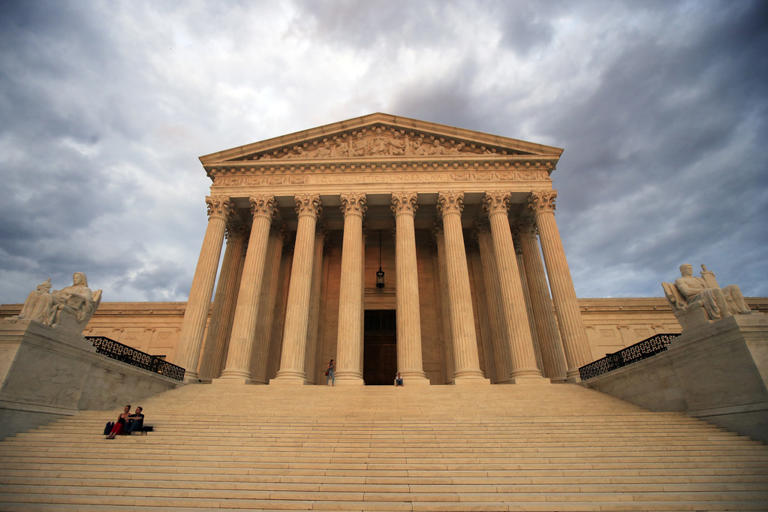Story by 
Based on the information available, here’s a breakdown of the key elements of the executive order signed by Donald Trump regarding election reforms:
- Proof of Citizenship:
- A central provision mandates that voters must provide documentary proof of U.S. citizenship when registering for federal elections.
- This aims to ensure that only U.S. citizens participate in federal elections.
- Ballot Deadlines:
- The order requires that all ballots be “cast and received” by Election Day.
- This seeks to tighten regulations on mail-in ballot deadlines, which vary across states.
- Federal Involvement:
- The executive order directs federal agencies, including the Department of Homeland Security, the Social Security Administration, and the State Department, to share data with state election officials.
- This aims to help identify noncitizens on voter rolls.
- The US Attorney general is tasked with prioritizing enforcement of federal election integrity laws.
- Voting System Guidelines:
- The U.S. Election Assistance Commission (EAC) is tasked with updating voting system guidelines to prevent fraud.
- This includes suggested reforms such as banning the use of barcodes or QR codes in vote counting.
- Citations of other countries:
- Trump has cited election practices in countries such as India, Brazil, Germany and Canada, as examples of more secure election practices.
- Controversy and Legal Challenges:
- The executive order has drawn significant criticism, with concerns that it could disenfranchise eligible voters, particularly those in marginalized communities.
- Legal challenges to the order are anticipated.
In essence, the executive order reflects a push to tighten voting regulations, with a focus on proof of citizenship and stricter ballot deadlines.

